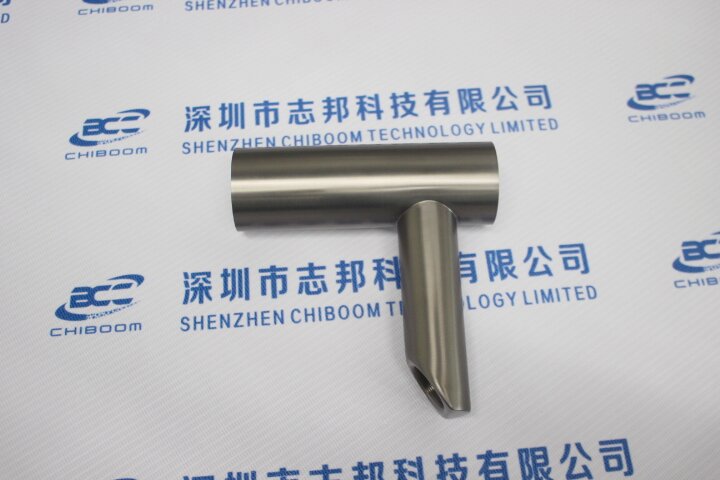How to Deal with Pinholing in Electrophoretic Paint
In the intricate process of electrophoretic coating, electrophoretic paint stands out as a premier choice across numerous industries due to its unique advantages. However, the challenge of electrophoretic paint pinholing often plagues manufacturers, tarnishing not only the aesthetic appeal of products but also potentially jeopardizing their corrosion resistance. So, how exactly do these pinholes form in electrophoretic paint? And how can we systematically tackle this conundrum?
The emergence of pinholing in electrophoretic paint is a complex interplay of multiple factors. Firstly, the stability of the electrophoretic bath solution is paramount. Tiny impurities, barely visible bubbles, and dissolved gases within the bath can all contribute to the genesis of pinholes. Moreover, minute fluctuations in the bath's chemical parameters such as pH, conductivity, and solids content can adversely affect the formation of the electrophoretic film layer, leading to the manifestation of pinholes.
The preparation of the substrate surface is another critical aspect that cannot be overlooked. If the pre-treatment steps, including degreasing, derusting, and phosphating, fail to achieve optimal results, residues like oil, rust, or imperfections in the phosphate film can directly impact the adhesion and uniformity of the electrophoretic paint, thereby increasing the risk of pinhole formation.

Furthermore, the setting of electrophoretic process parameters is an intricate art form. The balance between voltage levels, electrophoretic duration, and bath temperature requires precise adjustment based on specific conditions. Excessively high voltages can lead to overly thick film layers, generating internal stresses that may trigger pinhole formation. Conversely, excessively long electrophoretic durations or high bath temperatures can result in rough film layers, which are likewise unfavorable for preventing pinholes.
To confront the challenge of electrophoretic paint pinholing, we must adopt a comprehensive solution. Firstly, strengthening the management and monitoring of the bath solution is crucial to ensure its stability and purity. Regular testing and filtration of the bath can effectively reduce the presence of impurities and bubbles, safeguarding the smooth progression of the electrophoretic process.
Secondly, optimizing the pre-treatment process is imperative to guarantee a clean, smooth, and flawless substrate surface. This necessitates enhancing quality control during pre-treatment steps, upskilling employees, and fostering a sense of responsibility to ensure that every detail is attended to meticulously.
Additionally, we must adjust electrophoretic process parameters based on specific circumstances to find the optimal conditions. This necessitates a profound understanding and research into the electrophoretic process, accompanied by continuous experimentation and optimization to discover the parameter combination best suited for our production line.
Lastly, reinforcing employee training and management is vital to elevating the team's overall competency and capability. Through training and learning, we can empower employees with a deeper knowledge and skillset in electrophoretic technology, boosting their operational proficiency and quality awareness. Concurrently, reinforcing production site management and monitoring is indispensable, facilitating the timely detection and resolution of potential issues, ensuring the stability and controllability of the production process.
In conclusion, addressing the issue of electrophoretic paint pinholing necessitates a multifaceted approach incorporating a comprehensive solution. Only by doing so can we effectively mitigate pinhole formation, enhance the quality and performance of electrophoretic paint, and robustly safeguard the corrosion resistance and aesthetic appeal of our products.





 WeChat
WeChat